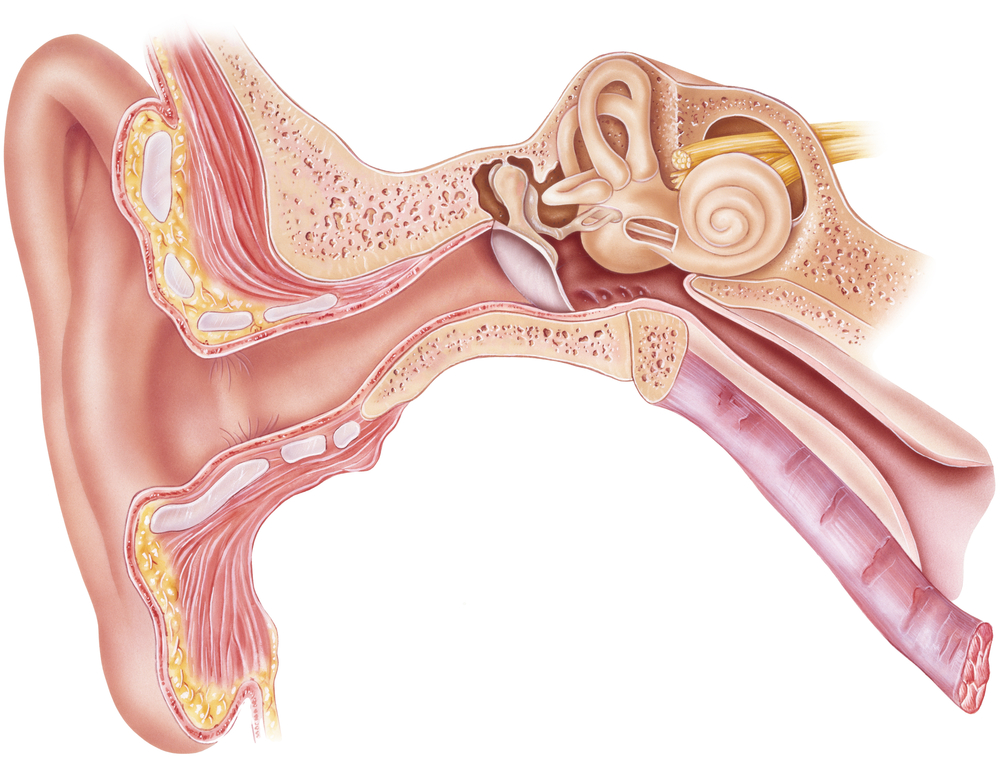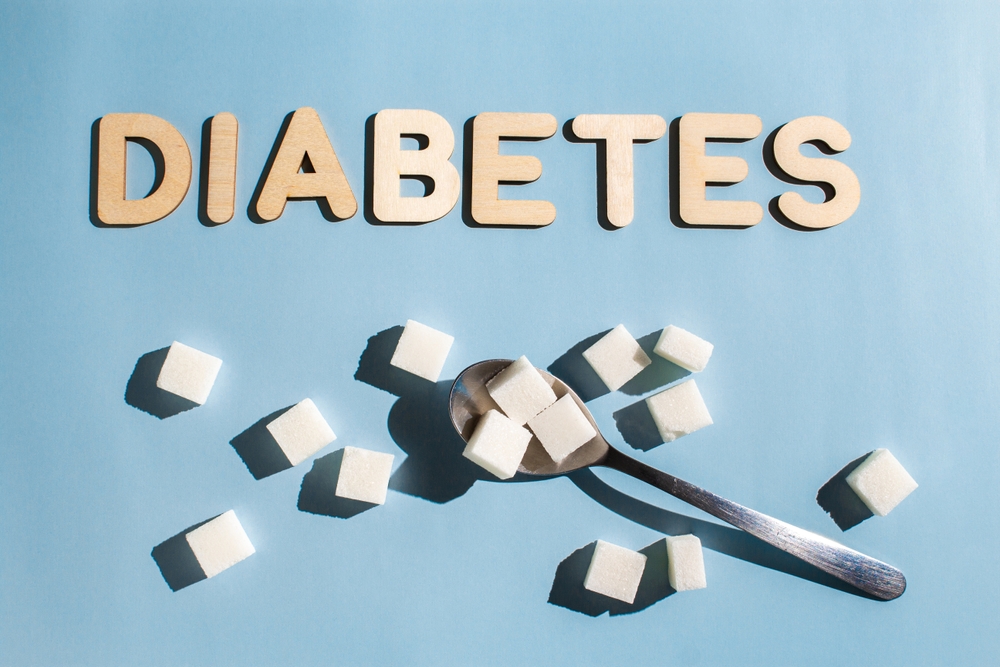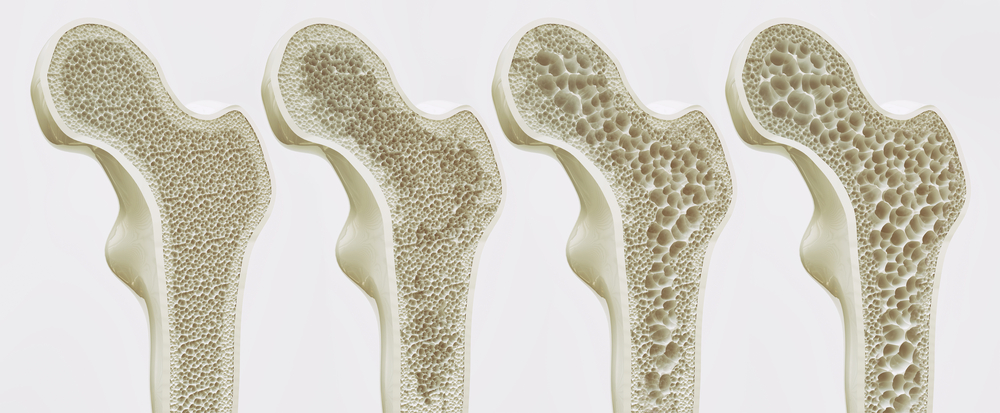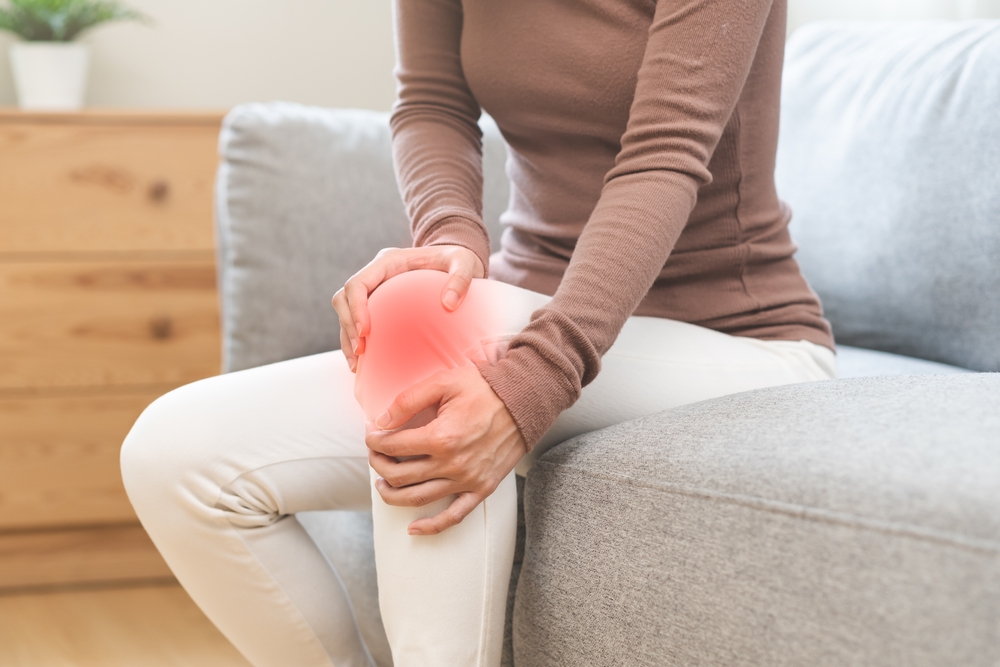This is the first blog in a new series discussing the 5 senses. This blog will focus on hearing.
Audition is our sense of sound, which often gradually declines with age. Presbycusis results from changes in the inner ear’s ability to transmit sound to the brain. Sound requires a pressurized sound wave and hair cells.
Parts of the ear
The ear has 3 parts: the external/outer ear, middle ear, and inner ear. The external/outer ear consists of the pinna, auditory canal, and tympanic membrane (eardrum). The malleus, incus, and stapes, collectively referred to as the ossicles, make up the middle ear. The cochlea and semicircular canals make up the inner ear.
Sound waves hit the pinna. After funneling into the auditory canal, they hit the tympanic membrane. This causes the malleus, incus, and stapes, which are the 3 smallest bones in the body, to vibrate back and forth.
The stapes is attached to the oval window, which pushes fluid in and around the cochlea, which is a round structure lined with auditory hair cells. As the hair cells move back and forth in the cochlea due to the fluid, they send electrical impulses to the brain.
According to place theory, the location of vibrations influences the perception of sound. It suggests that we can hear different sound pitches because different sound waves activate different locations in the cochlea.
The Boom Health app allows users to book registered nurses, personal support workers, and personal care services, schedule transportation, order prepared meals, rent or purchase medical equipment, and get emergency assistance. Download the app from the App Store or Google Play Store.
This article is not intended to be a substitute for professional medical advice or diagnosis. Always seek the advice of your physician or another qualified health provider with any questions you may have regarding a medical condition.





